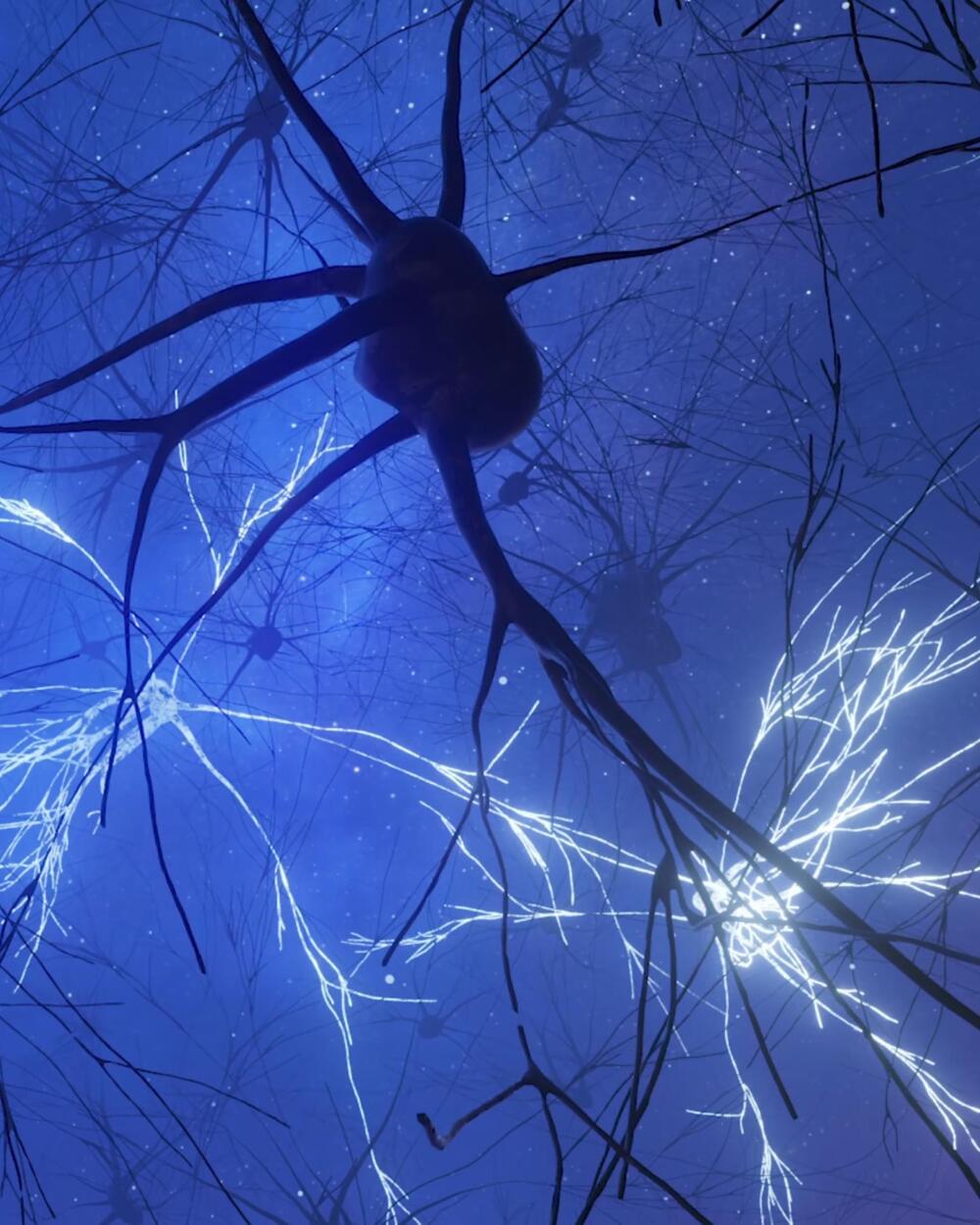
Get the latest international news and world events from around the world.








SpaceX-Affiliated Group Giving Out Funding for Warp Drive Research
Covering interstellar distances rapidly may still be a distant dream, but it’s now getting unprecedented financial support.
A nonprofit called the Limitless Space Institute, co-founded by former NASA warp drive researcher Harold “Sonny” White and retired astronaut Brian Kelly in 2020, is generating enough excitement — and funding — for the concept that it’s started giving out educational and research grants to schools and universities, as detailed by Universe Today.
The Institute, whose mission statement is to “inspire and educate the next generation to travel beyond our solar system and support the research and development of enabling technologies,” has even picked up some increasingly mainstream support. Take Gwynne Shotwell, the chief operations officer and second-in-command of SpaceX, who joined as an independent advisor in April, joining other bigshots in the aerospace sector including several retired astronauts involved with the venture.

